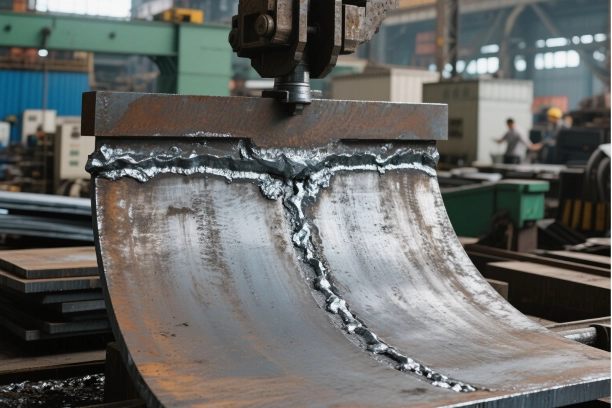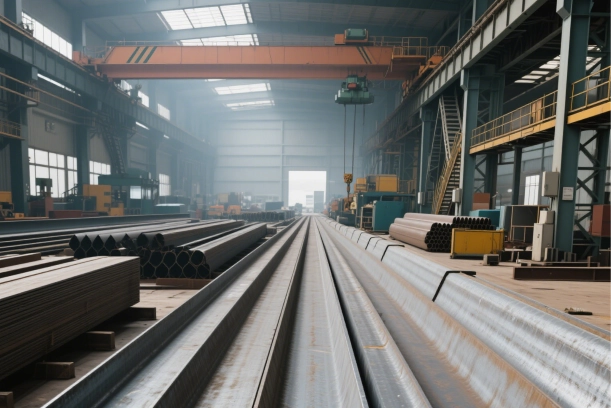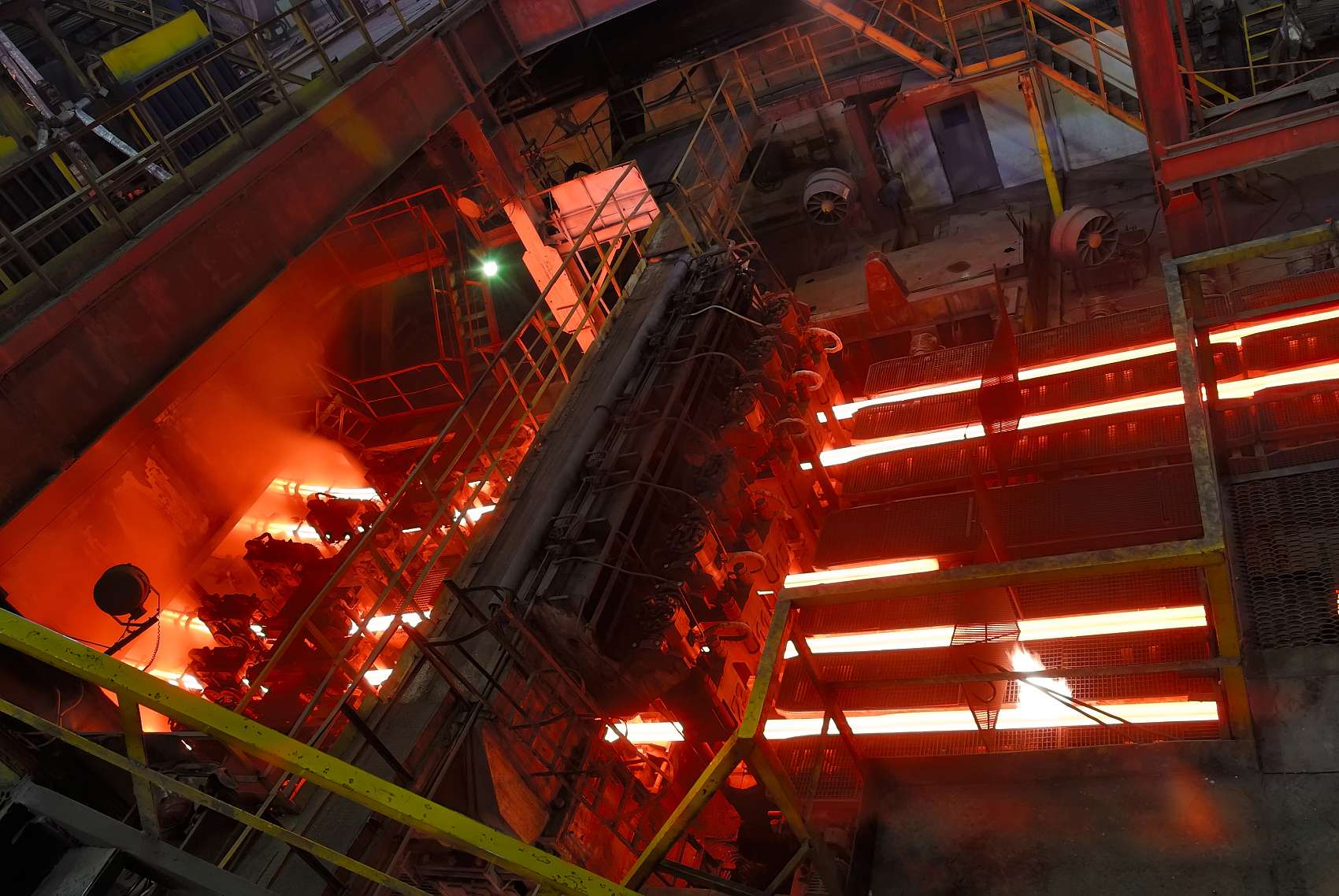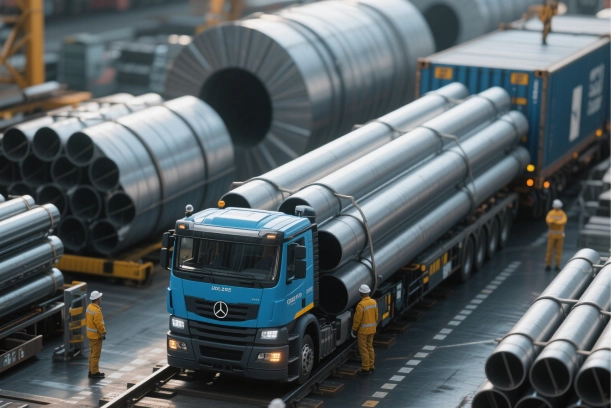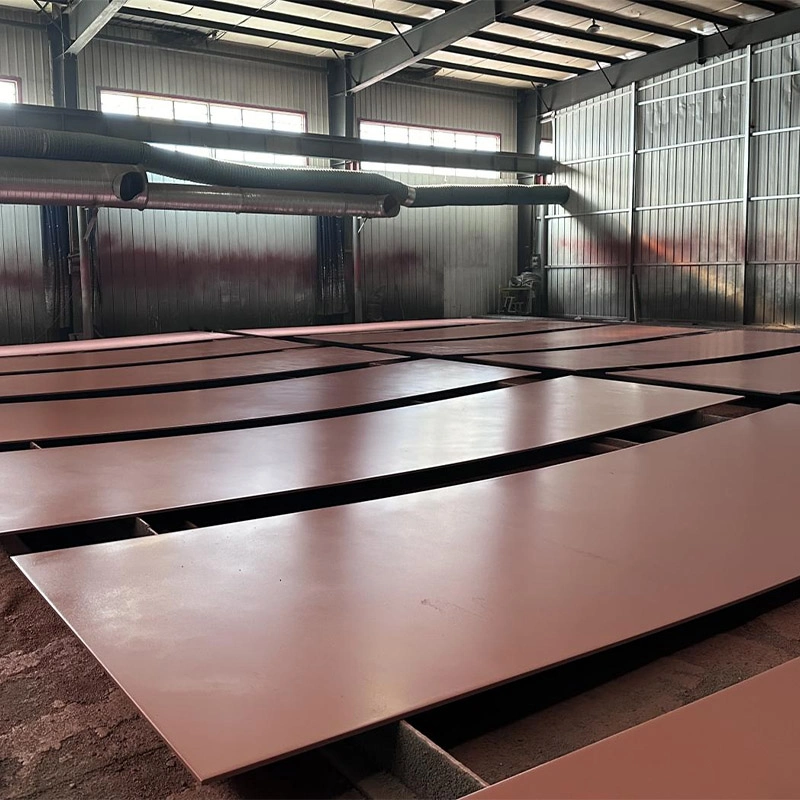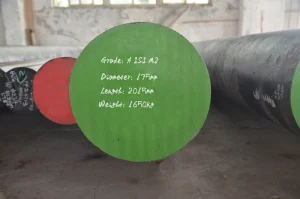
Understanding M2 High-Speed Tool Steel
Definition and Composition of M2 High-Speed Steel
The M2 high-speed tool steel stands out as a player, in the high-speed steel ( HSS ) group known for its outstanding toughness, durability, and ability to withstand heat. Introduced by F.W Taylor and M.White in 1898 High-Speed Tool Steel ( HSS ) brought an advancement to the cutting tool sector by offering materials that can uphold cutting performance even under high temperatures.
Chemical Composition
Mentioned in the makeup of M2 steel are tungsten chromium cobalt vanadium and molybdenum with a combination of elements giving it distinct characteristics. The total content of alloys can vary from 10 percent to 25 percent enhancing the durability and strength of the steel.
Physical Characteristics
M2 steel is known for its ability to harden in the air while maintaining sharpness and high hardness even after quenching. It exhibits a Rockwell Hardness (HRC) of over 60 under high-temperature conditions up to 500°C. This attribute, known as red hardness, sets HSS apart from carbon tool steels, which lose hardness dramatically when temperatures exceed 200°C.
Global Grade for High-Speed Steel
| High-Speed Steel | |||||
| NO. | GB | ISO | ASTM/AISI | DIN | JIS |
| 1 | W18Cr4V | HS 18-0-1 | T1 | S18-0-1 (1.3355) | SKH2 |
| 2 | W9Mo3Cr4V | T9 | S9-1-2 (1.3247) | SKH53 | |
| 3 | W6Mo5Cr4V2 | HS 6-5-2 | M2 | S6-5-2 (1.3343) | SKH51 |
| 4 | CW6Mo5Cr4V2 | S6-5-2C (1.3343) | SKH51C | ||
| 5 | W2Mo9Cr4V2 | M42 | S2-9-1-8 (1.3207) | SKH59 | |
| 6 | 9W18Cr4V | T15 | 1.3202 | SKH57 | |
| 7 | W14Cr4VMnRE | ||||
| 8 | W12Cr4V4Mo | HS 12-1-4-5 | M35 | S12-1-4-5 (1.3202) | SKH55 |
| 9 | W6Mo5Cr4V3 | M3 | 1.3344/1.3348 | SKH58 | |
| 10 | CW6Mo5Cr4V3 | M3 | 1.3348 | SKH58 | |
| 11 | W6Mo5Cr4V2Co5 | HS 6-5-2-5 | M35 | S6-5-2-5 (1.3243) | SKH55 |
| 12 | W18Cr4VCo5 | HS 18-1-1-5 | T5 | 1.3351 | SKH3 |
| 13 | 8W18Cr4V2Co8 | T8 | 1.3207 | ||
| 14 | W12Cr4V5Co5 | HS 12-1-4-5 | M35 | S12-1-4-5 (1.3202) | SKH55 |
| 15 | W6Mo5Cr4V2Al | M42 | 1.3247 | SKH59 | |
| 16 | W2Mo9Cr4VCo8 | M42 | S2-9-1-8 (1.3207) | SKH59 | |
| 17 | W7Mo4Cr4V2Co5 | HS 7-1-2-5 | M7 | 1.3348 | SKH58 |
| 18 | W10Mo4Cr4V3Al | M42 | 1.3247 | SKH59 | |
| 19 | W6Mo5Cr4V5Si | ||||
| 20 | W12Mo3Cr4V3Co5Si | ||||
Key Properties of M2 High-Speed Tool Steel
Mechanical Properties
Hardness and Toughness
The Moly high-speed metal displays toughness thanks to the mix of its alloy components. When treated with heat correctly tungsten and moly-based high-speed steel can reach a Rockwell hardness of, over 63 whereas cobalt-based high-speed steel can go beyond 65.
Wear Resistance
M2 has durability against wear and is perfect for tasks that require enduring harsh environments for extended periods of time. Adding surface treatments such, as low temp cyaniding and nitriding or sulfur nitrogen co-carburizing can greatly increase the longevity of cutting tools made of HSS.
Thermal Properties
Heat Resistance
The red hardness of steel enables it to maintain its strength at high temperatures and keep its cutting efficiency when other types of steel start to weaken or lose effectiveness while cutting materials, like metal or wood. A common test is to heat the steel to a temperature range of 580 650°C and then cool it down repeatedly before checking how hard the steel remains after each heating and cooling cycle.
Thermal Conductivity
Machining operations benefit from the heat dissipation provided by M2 thermal conductivity to prevent overheating and maintain tool durability.
Applications of M2 High-Speed Tool Steel
Industrial Applications
Cutting Tools
In manufacturing applications like drills and milling tools utilized in high-speed operations, M2 is a choice, for its sharpness retention capabilities. High-speed steel drills and end mills are known for their efficiency in maintaining sharpness and precision for periods compared to conventional tool steels.
Drilling and Milling Equipment
In the realm of drilling and milling machinery, M2 durability guarantees operation even in challenging environments making it a popular option, for sectors that demand precise machining capabilities.
Specialized Uses
Aerospace Industry
In the aerospace sector, components such as turbine blades benefit from M2’s reliability under extreme conditions. The use of HSS in manufacturing turbine blades ensures reliability and performance in harsh environments.
Automotive Manufacturing
Car makers use Manganese Two for engine components that require durability and resistance to wear and tear enhancing the longevity of parts such, as camshafts that face substantial strain during operation.
Professionals can enhance their decision-making process, for selecting efficient tooling solutions by delving into the extensive characteristics and uses of M2 high-speed tool steel in a variety of industrial applications.
Advantages and Limitations of M2 High-Speed Tool Steel
Benefits in Industrial Use
Longevity and Durability
M2 high-speed tool steel is renowned for its exceptional longevity and durability, making it a preferred choice in various industrial applications. Its ability to maintain hardness and sharpness even after prolonged use ensures that tools crafted from this material have a significantly extended service life. This durability is crucial in industries where tools are subjected to continuous wear and tear, as it reduces the frequency of replacements, thereby enhancing operational efficiency.
Efficiency in High-Temperature Environments
Mentioned as one of the benefits of M2 high-speed tool steel is its effectiveness, in dealing with high temperatures effectively. The remarkable red hardness characteristic of M2 enables it to retain its cutting ability even when faced with elevated temperatures that might normally cause other types of steel to lose their edge. This particular feature guarantees that tools crafted from M2 can function at increased speeds thereby boosting productivity without sacrificing the quality of the machined components.
Potential Drawbacks
Cost Considerations
Although M2 provides advantages it also has some downsides to consider such as cost implications related to its manufacturing and application processes The intricate blend of alloys like tungsten and cobalt leads to increased material expenses in comparison to alternative tool steels like carbon tool steel Known for its significant carbon content and outstanding characteristics carbon tool steel proves to be a more cost-effective option, for certain uses even though it may not match the heat resistance capabilities of HSS.
Machinability Challenges
Working with M2 high-speed tool steel poses an obstacle in terms of its machinability factor due, to its inherent characteristics that grant it exceptional wear resistance and hardness; these features simultaneously render the material more challenging to work with during machining processes which may necessitate the use of specialized machinery and methods to ensure effective processing of M2 steel components thus potentially leading to extended production timelines and higher expenses.
Promispecial® Tool Steel Products
Promispecial® provides a variety of tool steel options tailored to meet different industrial demands with precision and excellence in mind. The range of products is carefully crafted to deliver hardness and wear resistance as well as remarkable thermal stability – making them perfect for tasks requiring precision machining, like crafting tools and molds. Our selection covers not only high-speed steel (HSS) but also encompasses cold-work tool steel and hot-work tool steel variations to accommodate diverse processing needs.
In addition to standard HSS, Promispecial® provides advanced materials like Powder Metallurgy High-Speed Steel (PM HSS), which represents a significant advancement in tool steel technology. PM HSS offers superior properties compared to conventionally produced high-speed steels, including enhanced toughness and wear resistance. This makes PM HSS particularly suitable for high-performance cutting tools, cold work tools, and complex shapes demanding precision and durability.
By using these materials effectively in operations companies can enhance their manufacturing efficiency and prolong the durability of their tools resulting in reduced expenses and higher product standards in industries, like automotive, aerospace, and manufacturing.


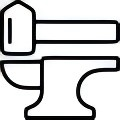



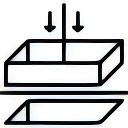








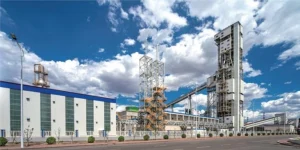
.webp)
